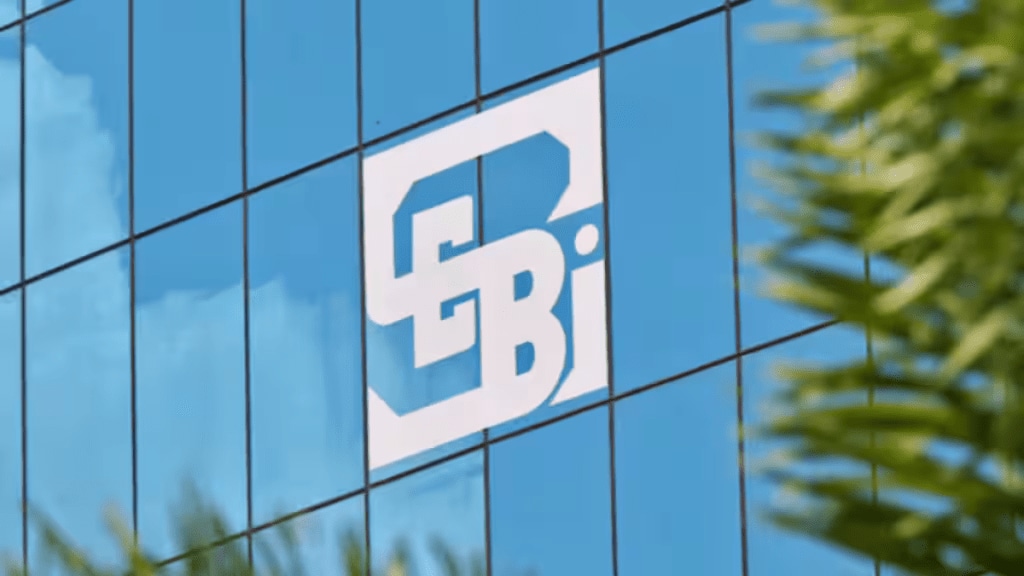The newly-launched Securities and Exchange Board of India’s (Sebi) online settlement calculator (beta version) is throwing up new challenges for stakeholders.
For example, recently a company changed its mind about settling a case after there was a significant mismatch between the calculator and the internal committee’s assessment of the fine amount. That is, while the indicative payment amount from the calculator was Rs 7 lakh, the committee’s was three times more at Rs 21 lakh.
“Though the tool is a valuable resource, aligning its methodology more closely with Sebi’s manual approach could improve its accuracy and increase stakeholder trust and usage,” says a lawyer.
Launched over five months ago, this calculator was expected to ease the lives of stakeholders who wish to settle cases with the regulator with minimum hitches since it is very difficult to manually calculate the figures from the settlement guidelines. But the beta version is giving out numbers that do not coincide with the manual calculations made by the market regulator’s members quite often.
The settlement calculator is supposed to give the indicative amount the accused can pay to settle a case without admission or denial of guilt. “However, its accuracy is still 50-50,” added Shefali Shankar, senior associate at Joby Mathew & Associates.
While the process of going through identification as an intermediary, fund house, broker, and others, along with the supposed violations, seems to be working just fine, the main hitch is the settlement amount.
There are some benefits of the new system as well. For example, the calculator does take into account cases in which an entity suo moto decides to intimate the board of any default and cooperate in the investigation or audit; they can benefit from a lower settlement amount, said lawyers. In addition, the number of past regulatory orders against an entity also weighs on the settlement amount, which allows entities with fewer or no past violations some leeway.
It also allows the alleged violator to choose any three mitigating and aggravating factors related to the case, followed by more subjective fields to determine if the default was deliberate, reckless, or merely technical in nature.
One of the mitigating factors reads even gives the option of declaring that if one is a unit of government, including a public-sector unit. Then, there are a few others, including taking voluntary corrective actions, accepting your responsibility & misconduct, or you had minimal participation in the alleged default.
However, lawyers have observed that many a times, the regulator doesn’t factor in the mitigating factors and only considers the aggravating reasons.
In case there was a monetary loss to clients of over Rs 5 crore, or the entity’s misconduct exceeded 30 days, or it prolonged an investigation, or many other reasons, the case would get aggravated.
Given all these options, the calculator has simplified a significant part of the stakeholders’ job, but all the effort can go in vain if the final number is vastly different from the one that the calculator provides. More importantly, if the investigating authorities come up with a completely different number, the effectiveness of the process is lost.
Aurelia Menezes, partner at King Stubb & Kasiva, Advocates and Attorneys, said, “Applicants would benefit better if an inclusive process is developed that factors in the views of concerned authorities so that the applicants can completely rely on the said amount during decision-making.”
In the case of a first-time offender, the indicative amount cannot be less than Rs 3 lakh, and for others, it starts at Rs 7 lakh. This minimum requirement and skewness in indicative amounts have led to a common practice among lawyers to start the settlement process with the minimum amount.
As a result, most lawyers are using the simpler way. “In the settlement application, we always start with Rs 3 lakh—a standard practice nowadays. This is because the accurate calculations are so difficult that many entities simply file the minimum settlement amount of 3 lakh, leaving the final calculations to Sebi,” Shankar said.
While the market regulator is seeking to go the same way as the income tax department, which has implemented faceless assessment, more time will be needed before things settle down.


